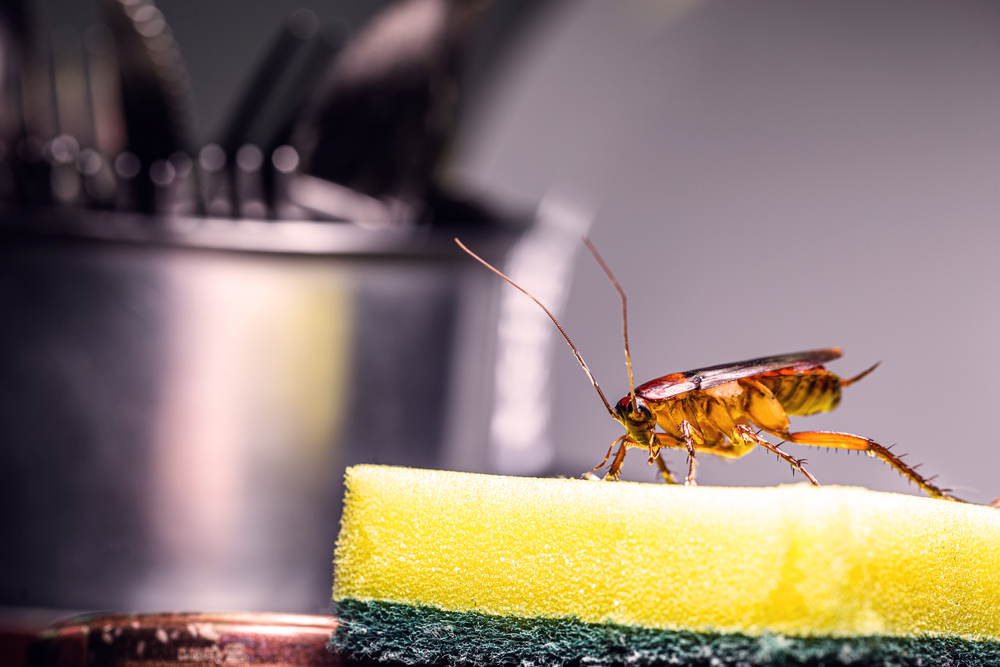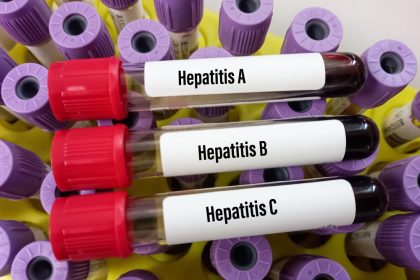More than pests — these resilient insects carry serious disease risks that could compromise your family’s wellbeing
In the quiet corners of American homes, a silent health crisis unfolds nightly. While most homeowners view cockroaches as mere nuisances, mounting scientific evidence reveals these persistent invaders pose far more serious threats than previously understood. Beyond their unsettling appearance, cockroaches function as mobile disease vectors, carrying pathogens that can trigger everything from food poisoning to severe allergic reactions.
Recent health studies indicate that cockroach-related illnesses affect millions of Americans annually, with children and individuals with compromised immune systems facing the highest risks. These nocturnal creatures don’t simply scurry across kitchen counters — they systematically contaminate living spaces with bacteria, allergens and waste products that can persist long after the insects themselves disappear.
The Bacterial Arsenal: What Cockroaches Carry
Cockroaches serve as living laboratories for harmful bacteria, collecting and distributing pathogens as they navigate between sewers, garbage bins and food preparation areas. Medical researchers have identified several dangerous microorganisms that thrive in cockroach digestive systems and on their exterior surfaces.
Salmonella ranks among the most concerning bacterial threats, capable of causing severe gastrointestinal distress including persistent diarrhea, intense stomach cramping and prolonged nausea. This pathogen can survive on surfaces for weeks, creating ongoing contamination risks in affected households.
Equally troubling is Shigella, which produces symptoms similar to Salmonella but often includes high fever and can lead to more serious complications in vulnerable populations. Staphylococcus aureus adds another layer of concern, as this bacterium produces toxins that remain active even after cooking, making traditional food safety measures less effective.
Perhaps most alarming is certain strains of Escherichia coli, which can cause life-threatening illness requiring immediate medical intervention. These bacteria demonstrate remarkable resilience, surviving in various environmental conditions while maintaining their infectious capabilities.
Allergic Responses: The Invisible Health Crisis
While bacterial contamination poses immediate health risks, cockroach allergens create ongoing health challenges that often go unrecognized. These microscopic particles, shed continuously through cockroach skin, saliva and waste products, become airborne and settle throughout living spaces.
Individuals exposed to cockroach allergens frequently experience persistent skin irritation, chronic congestion and recurring respiratory symptoms. Eye irritation manifests as persistent itching and excessive tearing, while nasal symptoms include continuous runny nose conditions and uncomfortable postnasal drip.
The respiratory impact extends beyond minor discomfort. Chronic exposure can trigger severe coughing episodes and, in asthmatic individuals, potentially dangerous breathing difficulties accompanied by chest tightness. These symptoms often worsen during nighttime hours when cockroach activity peaks.
Environmental Modification: Disrupting Cockroach Habitats
Effective cockroach control requires comprehensive environmental management rather than relying solely on pesticide applications. These adaptable insects require three basic survival elements: accessible food sources, reliable water supplies and suitable shelter locations.
Humidity control represents a critical but often overlooked prevention strategy. Maintaining indoor moisture levels between 30 and 50 percent creates inhospitable conditions for cockroaches while reducing allergen persistence. High-quality dehumidifiers and improved ventilation systems prove essential in humid climates.
Food storage protocols must extend beyond obvious sources. Cockroaches consume surprising materials including pet food, cardboard, soap and even book bindings. Airtight containers protect not only human food but also pet supplies and household items that might otherwise attract these scavengers.
Water elimination requires attention to subtle moisture sources. Leaking pipes, condensation around appliances and even pet water bowls can sustain cockroach populations. Regular plumbing inspections and prompt repairs prevent these moisture accumulations.
Professional Intervention: When Home Remedies Fall Short
Despite diligent prevention efforts, established cockroach infestations often require professional expertise. Licensed pest control specialists possess advanced training in cockroach biology and behavior, enabling them to identify hidden harboring areas and implement targeted treatment strategies.
Professional treatments typically combine multiple approaches including gel baits, growth regulators and residual insecticides applied to specific locations where cockroaches travel and breed. These integrated pest management strategies prove more effective than consumer products while minimizing chemical exposure risks.
Timing becomes crucial in professional treatments. Cockroaches demonstrate remarkable reproductive capabilities, with single females producing hundreds of offspring annually. Early intervention prevents exponential population growth that makes elimination increasingly difficult and expensive.
Long-term Health Protection Through Vigilance
Maintaining cockroach-free environments requires ongoing commitment and regular monitoring. Even after successful elimination, these persistent insects can reestablish populations from neighboring properties or through inadvertent introduction via packages, furniture or visiting individuals.
Regular inspection protocols should focus on common harboring areas including kitchen appliances, bathroom fixtures and storage areas. Early detection enables prompt intervention before populations become established.
Educational awareness within households ensures all residents understand prevention principles and recognize early warning signs. Children should learn proper food storage practices while adults maintain vigilance regarding structural maintenance and cleanliness standards.
The health implications of cockroach infestations extend far beyond temporary inconvenience. These resilient insects pose genuine threats to family health through bacterial contamination and allergen production. However, comprehensive prevention strategies combined with professional intervention when necessary can effectively protect households from these hidden health hazards. Investment in proper prevention measures ultimately proves far more cost-effective than treating the various health conditions that cockroach infestations can trigger.













